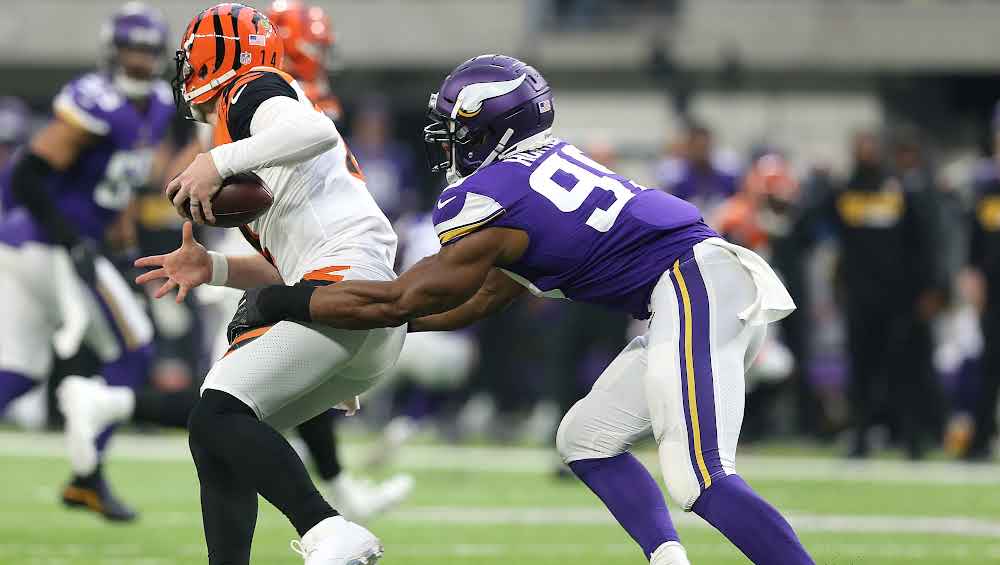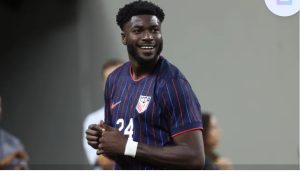
Vikings’ Kevin O’Connell discusses his team’s futile attempts to “tush push” the Bengals in overtime.

After the Vikings’ 27-24 loss to the Cincinnati Bengals on Saturday, head coach Kevin O’Connell has become a major talking point due to his choice to run two “tush push” plays that ultimately proved unsuccessful and sealed his team’s defeat.
On the first drive of overtime, the Vikings took control of the game by forcing the Bengals to punt and winning the ball at their own 37 with the knowledge that a field goal would win it.
And when they found themselves at the Bengals 42, knowing that they would only need a few more short gains to get into field position, O’Connell decided to go for the quarterback sneak known as the “tush push” on third and 1.
After Nick Mullens was unable to convert on the first try—despite the officials’ possibly dubious call—they tried again, but the Bengals stuffed them and marched down to score a winning field goal.
One of the queries posed to O’Connell following the game concerned the fact that Brandon Powell, a 5-foot-8, 181-pound receiver, rather than a heavier player like fullback C.J. Ham, was the one giving Mullens the “push”.
Powell was on the field and involved in the play because, according to O’Connell, he wanted to stick with his 11 personnel, which included three receivers, one running back, and one tight end. This was in response to the Bengals’ goal-line defense.
Additionally, he was questioned about why Ty Chandler, a running back who amassed over 100 yards on the ground, wasn’t given the ball.
“I don’t want to have to turn around and extend the ball and hand off another ball because on the last one, we were really looking at 4 or 5 inches there. I wanted to remain with 11 men to prevent them from playing goal line defense because I trusted our guys to perform in that situation. I had assumed that we could execute with a simple interior push there, but they were able to stop it because of how it was spotted.”
O’Connell thought Mullens was closer to obtaining the first down than the officials saw, so he questioned the spotting call on the third-and-1 tush push.
He claimed to have been informed that the booth had examined the location and that he would have requested a timeout if they hadn’t.
“I started calling a 1st-and-10 play because I saw him, I was standing right there across the line, but the side judge on the other side must have had him short, saw his knee go down,” O’Connell stated.
“On third down, I felt we had a decent look at it. Authorities noticed it differently. We have to be able to obtain a little bit more than that at that precise moment, in a scenario similar to inches,” he continued.





